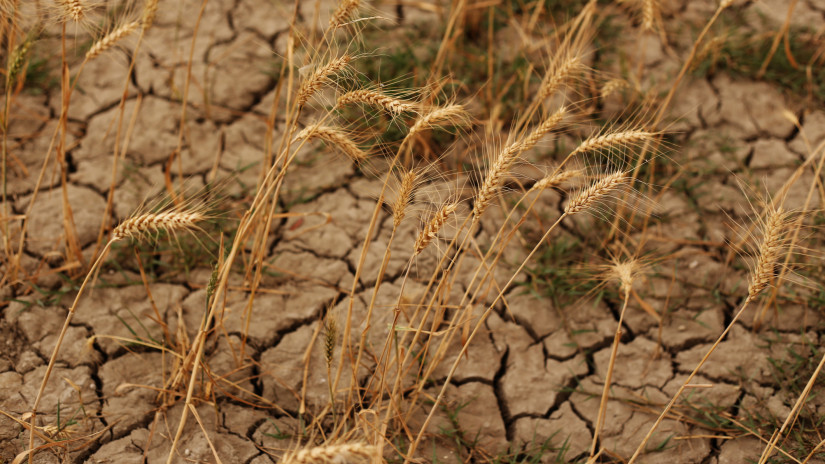Due to El Niño, the month of August was unusually dry in Asia, and according to the forecast, less rain is expected in September as well, which significantly worsens the crop outlook and threatens to disrupt supplies. Meanwhile, the weather phenomenon may create favorable weather conditions for growing crops in North and South America in the coming months.
Prestigious agricultural awards in the agricultural sector conference!
At the Agricultural Sector Conference, we award many professional awards, which are used to honor outstanding agricultural achievements. Winners in this sector were awarded Agricultural Entrepreneur of the Year, Young Agricultural Professional of the Year, Gardener of the Year, Cattle Breeder of the Year, Plant Breeder of the Year and Agricultural Innovation of the Year. Award of the Year, Award for Sustainable Agriculture, Award for Agricultural Investment of the Year, and Award for Agribusiness they can take up. Any player in the local agricultural economy can apply for prizes or suggest candidates. Entries must be sent to [email protected] by September 15, 2023.
This year, El Niño hit crop production in Asian countries right. Australia, the world’s second largest exporter of wheat, wrote that it would announce within days how much this year’s wheat crop was below average. world economy. Because of the late monsoon season, which has led to less rain, the rice crop will also decline in India, which is the number one supplier in the world. The country has already banned exports in order to ensure safe domestic supplies.
The same is expected to happen for palm oil in Southeast Asia, the most widely used vegetable oil in the world. in the world’s largest importer of corn and soybeans, In China, too, severe weather threatens food safety.
Chris HydeMany parts of the world are in the middle of the El Niño phenomenon, whose impact will increase towards the end of the year, said a meteorologist at US climate data analysis platform Maxar Technologies. The specialist also talked about how El Niño warms the waters of the Pacific Ocean, which usually results in drier weather in Asia and heavier rains in parts of North and South America. In India, meanwhile, the production of summer crops — rice, sugarcane, soybeans and maize — depends on the monsoon, and based on the data so far, this year is the wettest in the past eight years.
The impact of El Niño is much greater than we expected. This month, it rained 30% less than average, meaning this was the driest August since the measurements were taken. But El Niño will also affect precipitation in September
An Indian meteorologist told Reuters.
India accounts for 40% of global rice exports, and the export ban has already sent prices of this vital food to their highest levels in fifteen years. Meanwhile, in Australia, for the first time in four years, less than expected amounts of wheat are being harvested, 30m tonnes instead of the previously estimated 33m tonnes. Ollie isThe director of IKON Commodities noted that if the drought continues into September, the outcome will be weaker. The specialist said that in the past three years they have achieved a record crop, as a large part of it was sold to China, Indonesia and Japan.
In Southeast Asia, Indonesia and Thailand have seen the least amount of rain this year due to El Niño, and almost none in the last 30 to 40 days.In general, 50-70% of the usual amount is reached at this time, and it does not reach the average in September either. This not only negatively affects the yield of rice, palm oil and sugar cane, but also coffee.
The United States has not yet been affected by the El Niño phenomenonBut due to the drought, corn and soybean production there are also expected to decline. However, from November to February this atmospheric phenomenon will already be felt there, which they can be very happy about, because it brings more precipitation than average, which is good for winter wheat. South America will also have good weather for soybeans and cornWhich will be harvested at the beginning of 2024.
Cover photo: Getty Images












































